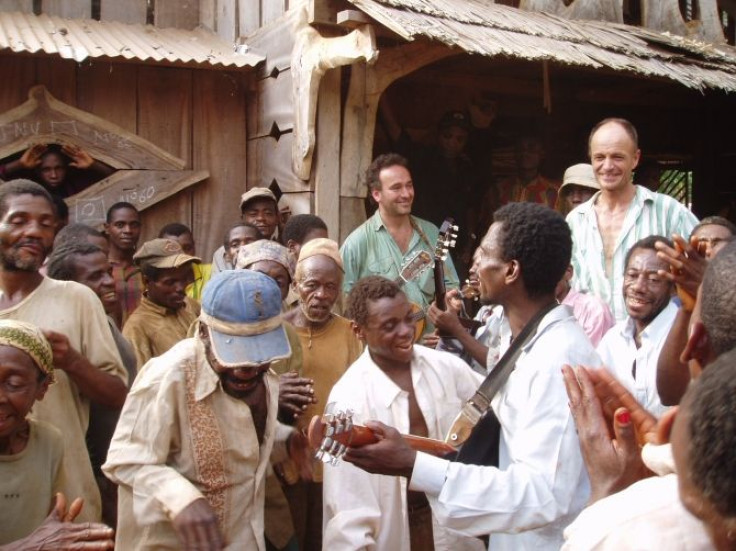Analyzing Hunter-Gatherers Give Clues to Obesity, Interbreeding with Undiscovered Species in Ancestors

The World Health Organization estimates that 1.4 billion adults are overweight and 500 million adults are obese. The theories for this abound and oftentimes, people blame our sedentary lifestyles and comparative lack of physical exercise for our obesity epidemic. But, while it is well-established that the Western lifestyle is very different than that of our hunter-gatherer ancestors, recent research indicates that we actually use just as much energy as our hunter-gatherer ancestors did – meaning that the role of exercise plays less of an influence on obesity as we thought.
Hunter Gatherers' Clues to Obesity
A multinational team of researchers from Tanzania, the United Kingdom, and the United States analyzed physiological data from the hunter-gatherer Hazda population in Tanzania. Unlike Western populations, the Hazda get their food from hunting animals and gathering berries, roots and fruit. They do not use modern guns and tools.
According to the study published in PLoS ONE, led by Herman Pontzer, PhD, of Hunter College in New York City, David Raichlen, PhD, from the University of Arizona and Brian M. Wood, PhD, from Stanford University, "As expected, physical activity level, PAL, was greater among Hadza foragers than among Westerners. Nonetheless, average daily energy expenditure of traditional Hadza foragers was no different than that of Westerners after controlling for body size."
The study seems to confirm the theory that diet plays a more important role in reigning in obesity than exercise. Indeed, some researchers think that our need for calories has decreased since the Industrial Revolution.
This research is the first that measures energy expenditure on modern hunter-gatherers. Previous studies had relied on estimates.
However, researchers are insistent that physical exercise does indeed play a role. They believe that the high amounts of physical activity in the Hazda population indicate the robust health that older Hazda display.
Appearance of New Ancestor
The Hazda, along with the Western Pygmies in Cameroon and the Sandawe of Tanzania, were also studied for clues on our human ancestors' DNA. Researchers, led by Sarah Tishkoff, a Penn Integrates Knowledge Professor from the University of Pennsylvania, picked these groups because they had not been well-represented in previous data sets and because the variety in culture, appearance, and environment would provide a well-rounded view of our ancestors.
DNA sequencing uncovered 13.4 million genetic variants, of which 5 million had never been seen before. The team also found in all three populations partial sequences for a hominin different than Homo sapiens, indicating interbreeding. This ancient hominins seems to have diverged from Homo sapiens several hundred thousand years ago, at about the same time that the Neanderthals did.
Previous research has indicated that Homo sapiens had mated with Neanderthals as well. Researchers theorize that this species is a sibling to Neanderthals, though no fossil evidence has been found, and that this is a universal aspect in all modern humans.
Researchers also found that genes adapted differently in response to their environments.
The results of their study have been published in the journal Cell.



























